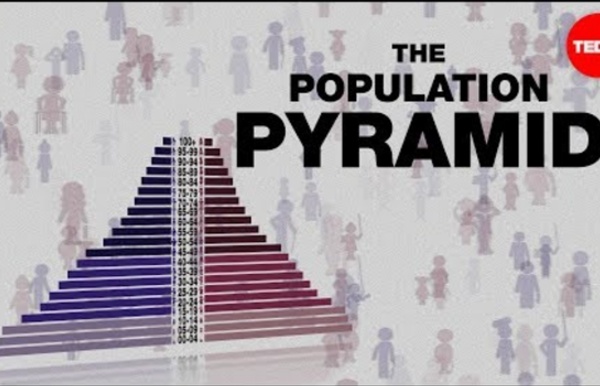



GCSE Bitesize: Analysing population pyramids Breathingearth - CO2, birth & death rates by country, simulated real-time 5. MIGRATORY MOVEMENTS - 3º ESO. Geography 1. What is migration? 2. Here are four reasons why people migrate. Fill in the blanks to say what sort of type of factor caused them to move: economic, change, homesick, political, environmental or social: Moving to be closer to friends and family is a/an _______________ factor. 3. 4. Bildresultat för on the way to schoo World Population WatchKnowLearn ratings are intentionally harsher than what you might find on YouTube, for example. Most of our videos have been imported by people who want to use them with kids, not by the creators of the videos. We take a hard-nosed attitude toward quality. Four and five stars should be reserved for really excellent quality. More help with rating Unless changed, the Finder is the person who uploaded the video to WatchKnowLearn. More help about the Finder field
Universalis cosmographia secundum Ptholomaei traditionem et Americi Vespucii alioru[m]que lustrationes. | Library of Congress Rights assessment is your responsibility. The maps in the Map Collections materials were either published prior to 1922, produced by the United States government, or both (see catalogue records that accompany each map for information regarding date of publication and source). The Library of Congress is providing access to these materials for educational and research purposes and is not aware of any U.S. copyright protection (see Title 17 of the United States Code) or any other restrictions in the Map Collection materials. Note that the written permission of the copyright owners and/or other rights holders (such as publicity and/or privacy rights) is required for distribution, reproduction, or other use of protected items beyond that allowed by fair use or other statutory exemptions. Credit Line: Library of Congress, Geography and Map Division. More about Copyright and other Restrictions For guidance about compiling full citations consult Citing Primary Sources.
World Population Clock: 7.6 Billion People World Population: Past, Present, and Future (move and expand the bar at the bottom of the chart to navigate through time) The chart above illustrates how world population has changed throughout history. At the dawn of agriculture, about 8000 B.C., the population of the world was approximately 5 million. A tremendous change occurred with the industrial revolution: whereas it had taken all of human history until around 1800 for world population to reach one billion, the second billion was achieved in only 130 years (1930), the third billion in 30 years (1960), the fourth billion in 15 years (1974), and the fifth billion in only 13 years (1987). During the 20th century alone, the population in the world has grown from 1.65 billion to 6 billion. Wonder how big was the world's population when you were born? Growth Rate Yearly Growth Rate (%) Population in the world is currently (2018-2019) growing at a rate of around 1.07% per year (down from 1.09% in 2018, 1.12% in 2017 and 1.14% in 2016).
World Climate: Weather rainfall and temperature data